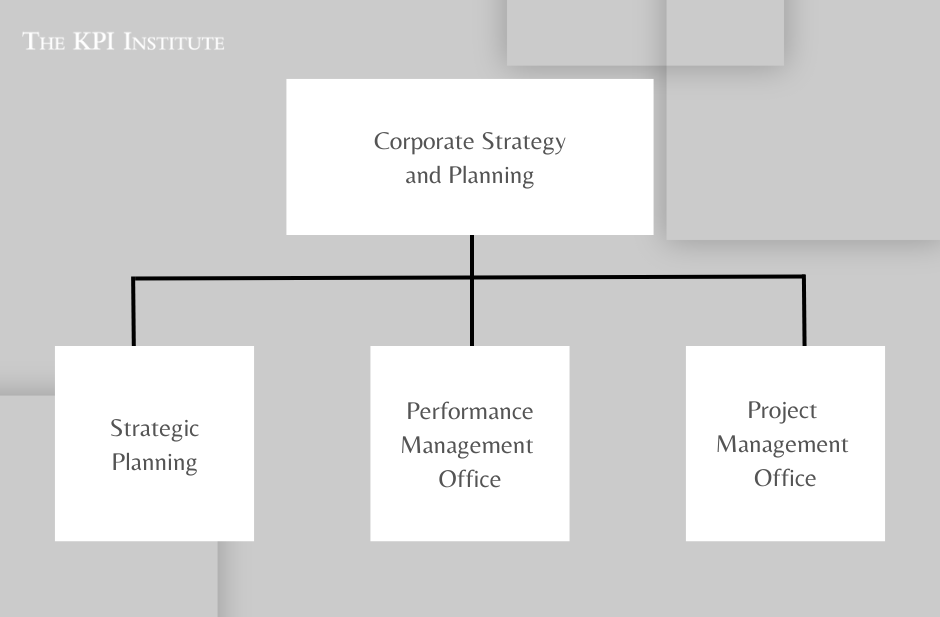Having a dedicated Performance Management Office: placement and benefits

Image source: pixelshots | | Getty Images via Canva
Measuring and managing performance is critical in identifying an organization’s performance levels. Although many companies measure their performance against their financials, this approach does not always succeed when facing crises like the COVID-19 pandemic. Performance management offers a deep understanding of procedures, processes, and services or products for higher management to view, which helps in making critical decisions when crises happen.
Therefore, organizations should establish, integrate, and adopt a dedicated performance management department. As discussed in the Certified Performance Management Professional course by The KPI Institute (TKI), a performance management system (PMS) helps align employees to meet corporate strategic objectives and career goals. In addition, it creates an environment where employees reach and exceed their abilities to produce efficient and effective products or services. This system, according to Aurel Brudan, founder and CEO of TKI, refers to “the overarching human activity that is concerned with achieving desired results, thus demonstrating and achieving performance. It reflects the approach one entity has towards performance, and it integrates both upstream and downstream with other domains of administrative science or managerial disciplines.”
Placement
The placement of a Performance Management Office (PMO) in the organizational structure depends on how the organization handles planning and execution. On one hand, if planning and execution are carried out by one department, then the PMO would be an independent department. On the other hand, if planning and execution are done separately in the organization, then the PMO would be under Corporate Strategy Planning and next to the Project Management and Strategic Planning offices. To sum it up, having a dedicated PMO is not enough. It is important to place the PMO in the organizational structure according to how planning and execution are performed within the organization to ensure clear and smooth integration within its hierarchy.
Measuring and managing performance is critical in identifying an organization’s performance levels. Although many companies measure their performance against their financials, this approach does not always succeed when facing crises like the COVID-19 pandemic. Performance management offers a deep understanding of procedures, processes, and services or products for higher management to view, which helps in making critical decisions when crises happen.
The following example is a subsection from a corporate-level organizational structure showing the placement of the PMO.

Source: The KPI Institute
Imagine a scenario where the Strategic Planning Department produces a strategy plan activated through projects executed and managed by the Project Management Department. The output of those two departments is then measured and managed by the PMO. The PMO in this structure ensures the smooth and effective execution of performance management activities. This setup is optimal due to its many benefits to operations and strategic alignment.
Benefits
There are several benefits to having a dedicated PMO. Performance management starts by connecting strategic objectives to key performance indicators (KPIs), deriving strategy implementation and supporting transformation to guide the organization toward improvement and growth.
The tangible benefits of having a PMO will typically emerge after its first year of implementation, with evidence likely showing up during the annual performance review. Analyzing the organization’s current state, defining its future, and managing performance throughout the year through performance management tools can give higher management a clear vision as they take critical actions to update their strategy as the situation demands it. Moreover, the PMO can identify and understand gaps and opportunities for improvement to ensure continued organizational growth and survival.
***************************
This article is written by Engr. Hussien Abdullah Alkhalifah, a strategy and business planning professional who specializes in corporate performance, agile project management, business process improvement, performance management, KPI implementation, quality control, and strategic planning, among others. Connect with him on LinkedIn.

Tags: Performance Management, Performance Management Office





